Visual discrimination skills Worksheets for Ages 3-6
7 filtered results
-
From - To
Enhance your child's learning with our Visual Discrimination Skills Worksheets, designed specifically for ages 3-6. These engaging and interactive activities sharpen crucial observation abilities, helping young learners identify differences and similarities in shapes, colors, patterns, and more. Each worksheet is tailored to nurture cognitive development, improve attention to detail, and foster early problem-solving skills. Kids will delight in exercises that feel like play while mastering essential foundations for reading and math. Perfect for parents and teachers, our easy-to-print worksheets make learning fun and effective. Explore our collection today to boost your child's visual discrimination skills!
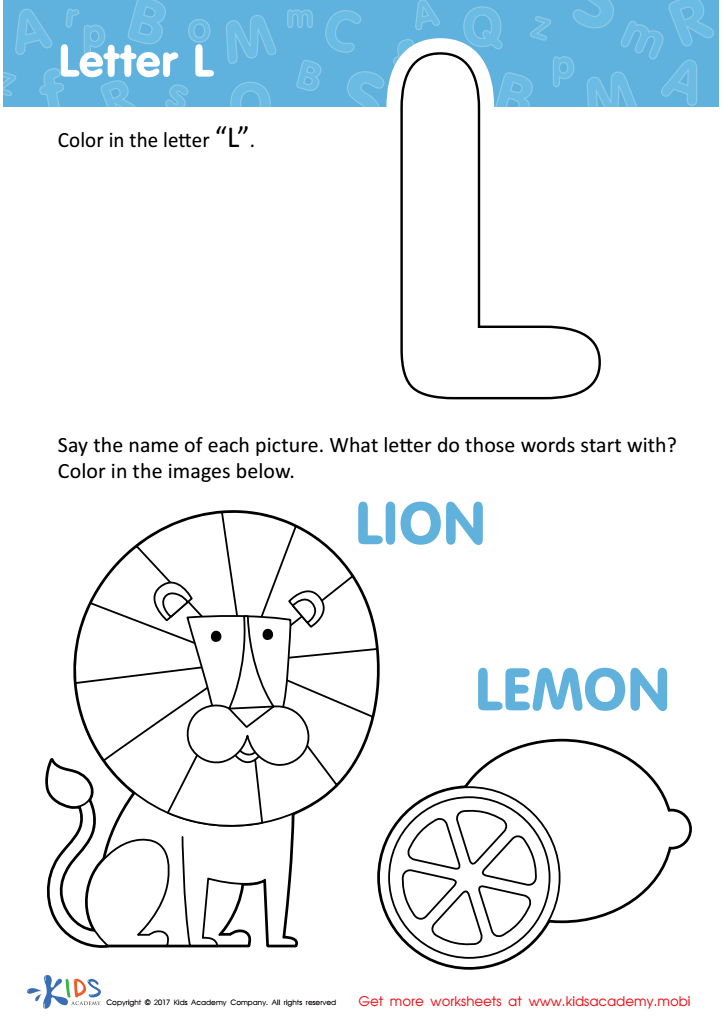

Letter L Coloring Sheet
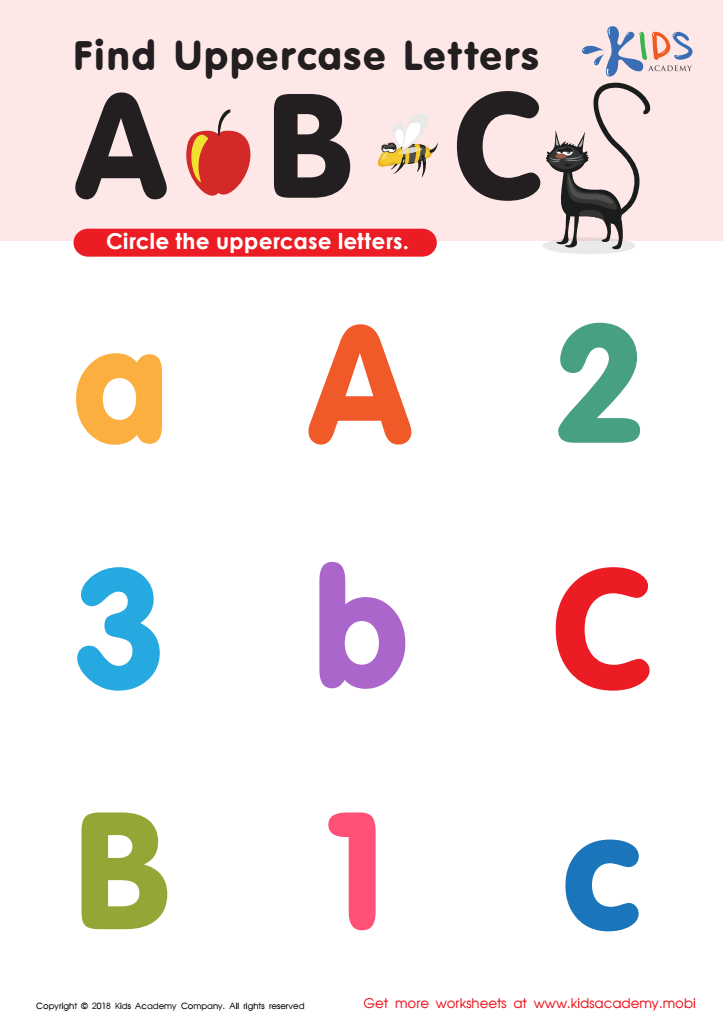

Find Uppercase Letters A, B, and C Worksheet
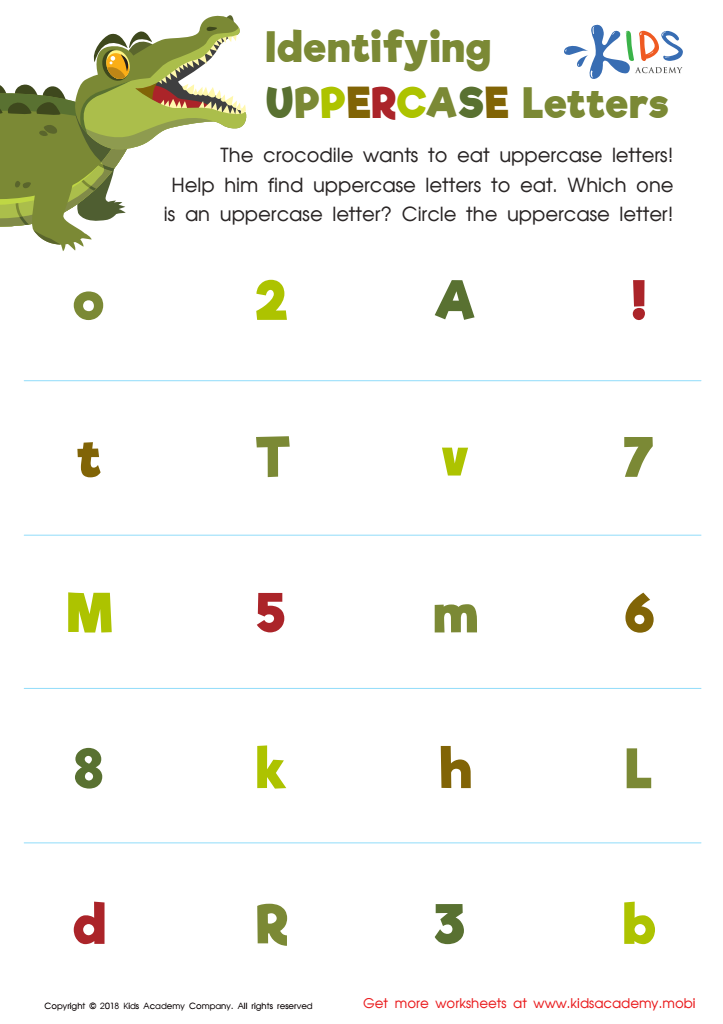

Identifying Uppercase Letters Worksheet
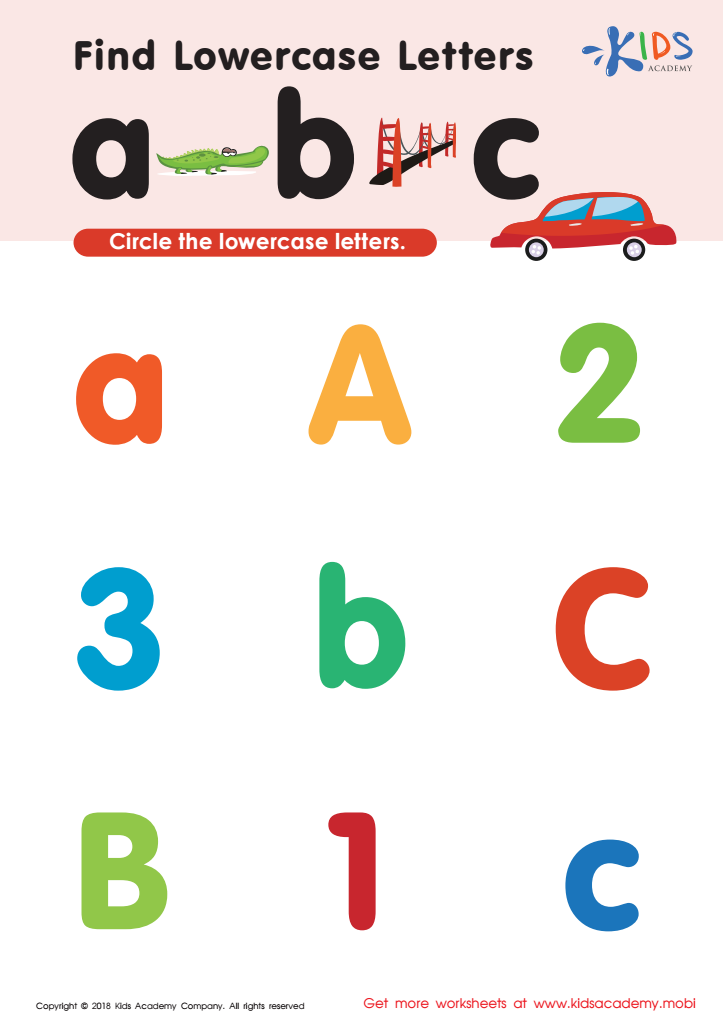

Find lowercase letters a b c Worksheet
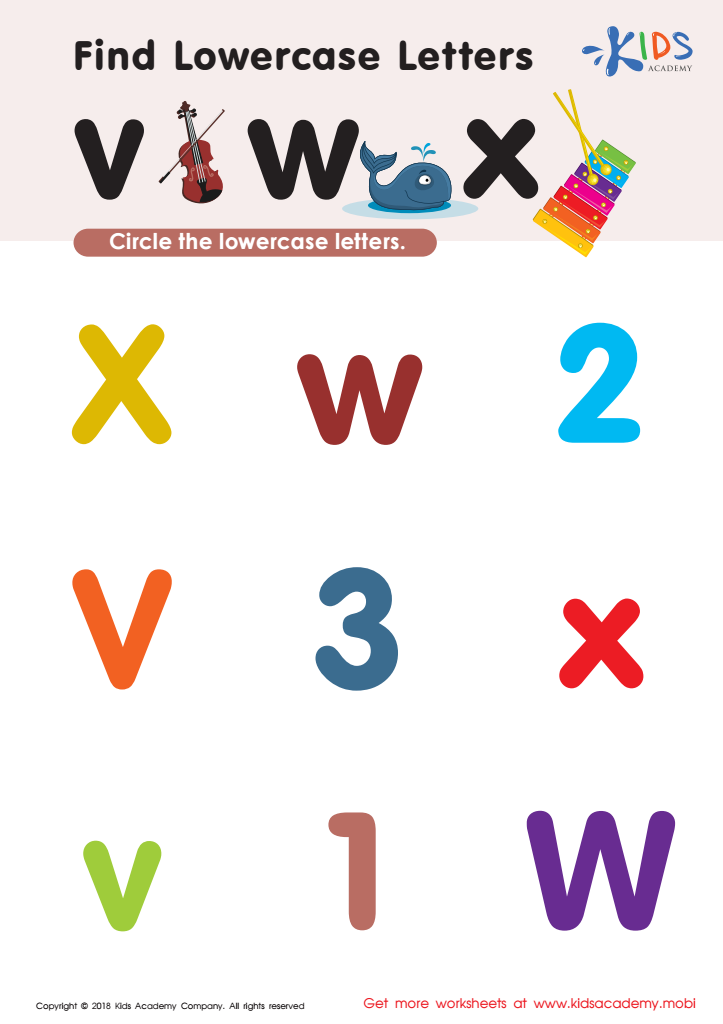

Find Lowercase Letters v w x Worksheet
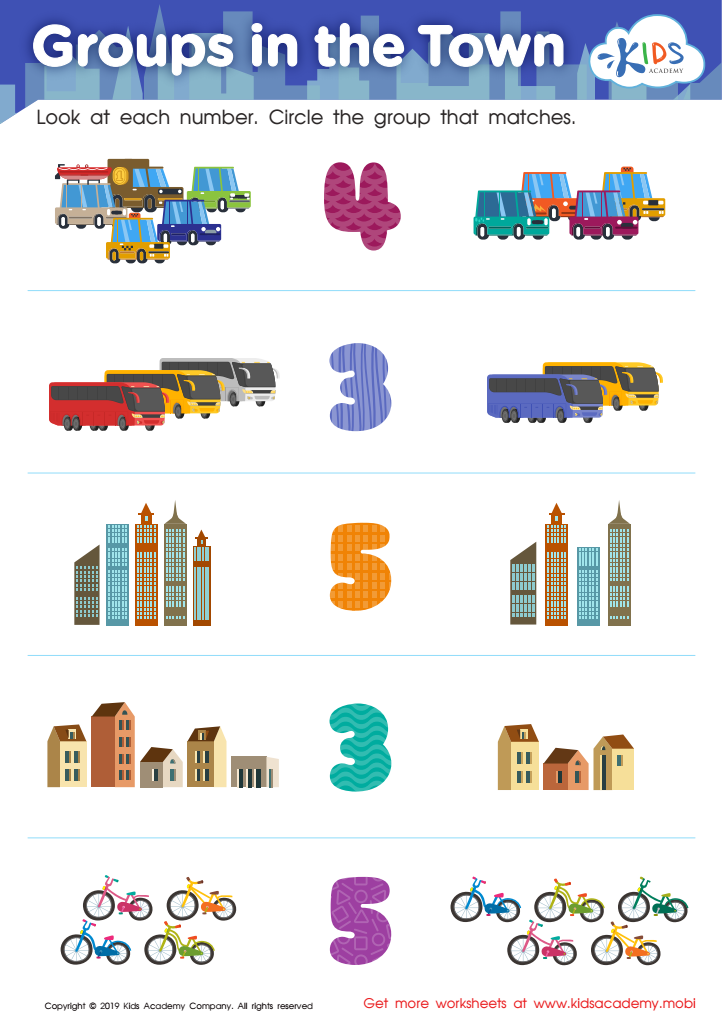

Groups in the Town Worksheet
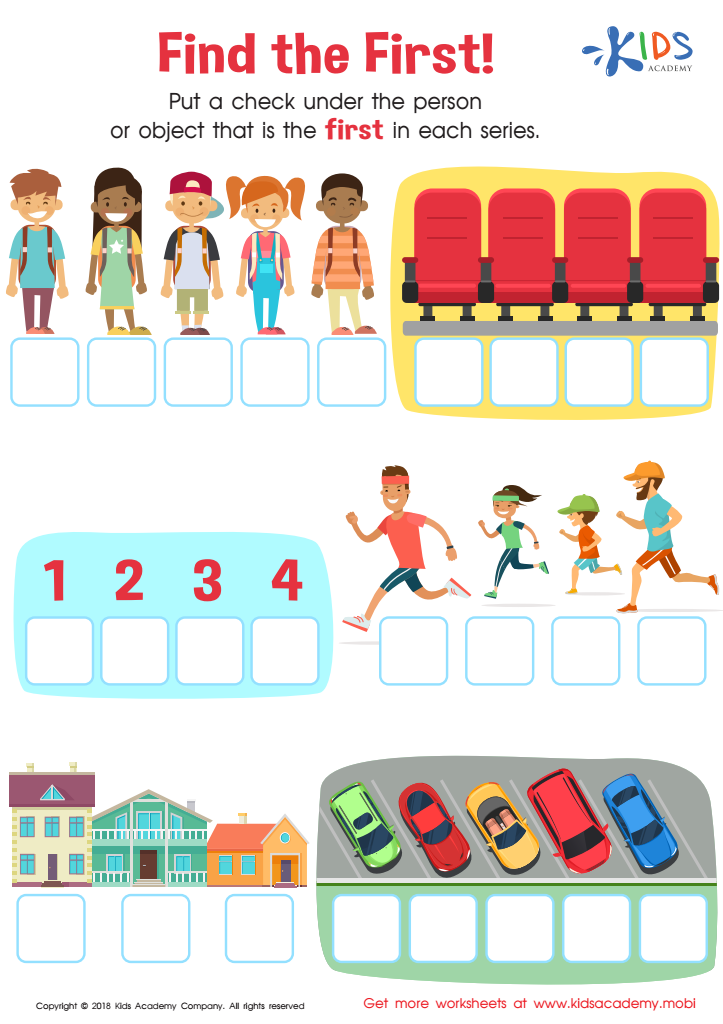

Find the First! Worksheet
Visual discrimination skills are vital for children aged 3-6 as these formative years lay the foundation for later academic success and overall development. These skills refer to the ability to notice and compare the features of items to distinguish one from another. For young children, mastering visual discrimination is critical as it underpins the learning of many key concepts and activities.
Firstly, visual discrimination enhances pre-reading skills by aiding in the recognition of letters and words. Children need to discern subtle differences between similar-looking letters, such as "b" and "d" or "p" and "q," to read fluently. This foundational skill is essential for developing strong literacy capabilities.
Secondly, strong visual discrimination is essential for early math skills. Understanding shapes, sizes, patterns, and spatial relationships all require the ability to compare and contrast different visual stimuli. These concepts are fundamental as children begin to learn more complex problem-solving and logical reasoning skills.
Additionally, visual discrimination impacts everyday functioning. It helps children navigate their environment more safely and effectively, whether they are identifying colors, picking out their clothing items, or differentiating between different objects and their uses.
Therefore, by caring about and nurturing visual discrimination skills, parents and teachers can significantly enhance a child’s readiness for school and everyday life, ultimately contributing to their overall cognitive and perceptual development.
 Assign to My Students
Assign to My Students



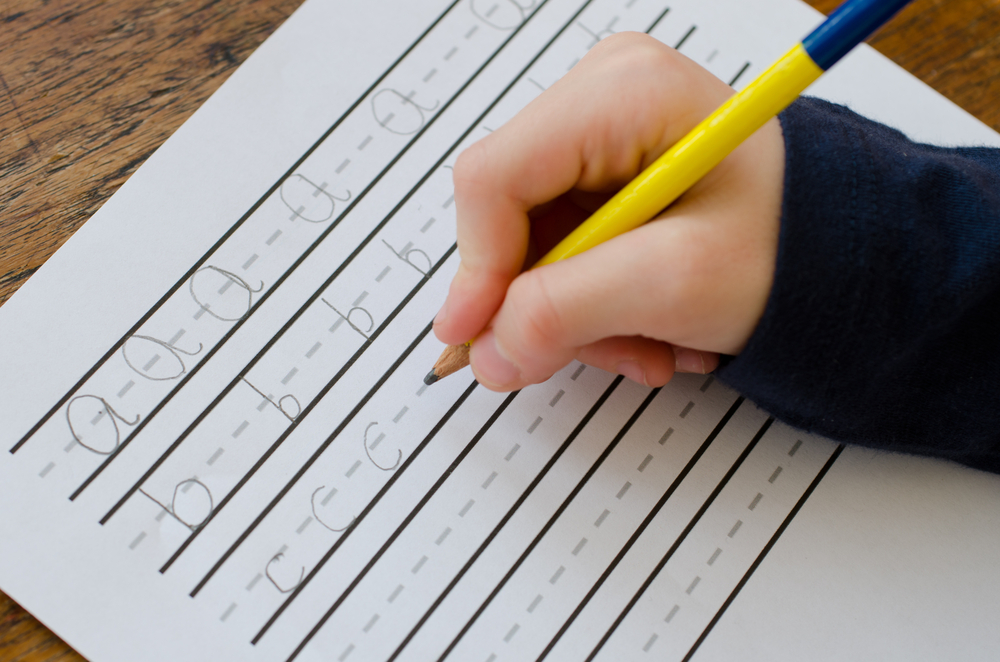



.jpg)








